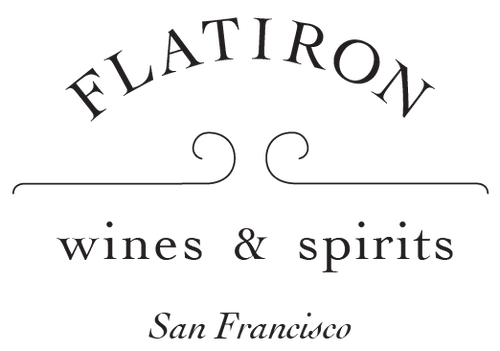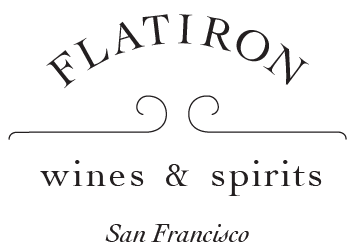
Read Part 3 of the Barolo Breakdown!
Read the full blog post HERE.
La Morra has to fight for its identity – see my last post – but for Barolo it couldn’t be easier. It has the name! This is actually confusing for many wine lovers who are new to Piedmont. You might naturally think that all Barolo comes from Barolo! But if you read through my overview post, you know that DOC Barolo is made in 11 different villages. The village, or commune, of Barolo, is just one of them.
Why does that village get to have the name? No one really knows. What we do know is that thousands of years ago the Celtic people swept across Europe. They were great beer drinkers. (Some things never change.) Who knows how many beers had been drunk when they decided to call this part of the Langhe, which has plenty of good-sized hills, “low area”, in their language. That name survives today as “Barolo”.
Barolo has more than just a well-known name, however. It also has vineyards. These vineyards only make up about 10% of the DOC Barolo, but they make a far larger percentage of the best known wine, and 100% of the village is entitled to produce Nebbiolo called Barolo. The swathe of Crus that contain the name “Cannubi” produce some of the world’s greatest Nebbiolo. This is a bit like all those Crus in Vosne that contain the word “Romanee”. But at like one fifth of the price.
It may feel like an odd comparison to make, but Barolo is also the closest thing that Italy has to the Napa Valley. It is a tourist mecca. You won’t come across adolescent tour groups, but rather well-heeled travelers from Texas or Taiwan who happen to have a taste for great wine. It’s fantastic for local restaurants, but not quite the same feel for us intrepid wine travelers as it was even just 10 or 15 years ago.
But let’s focus on the wine.

